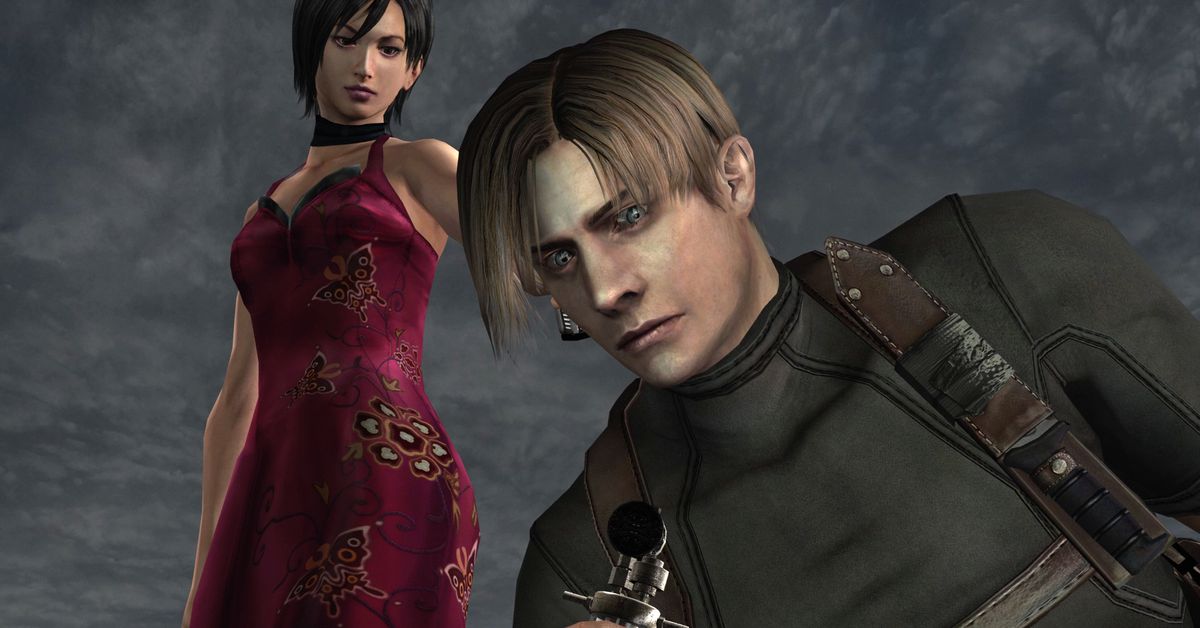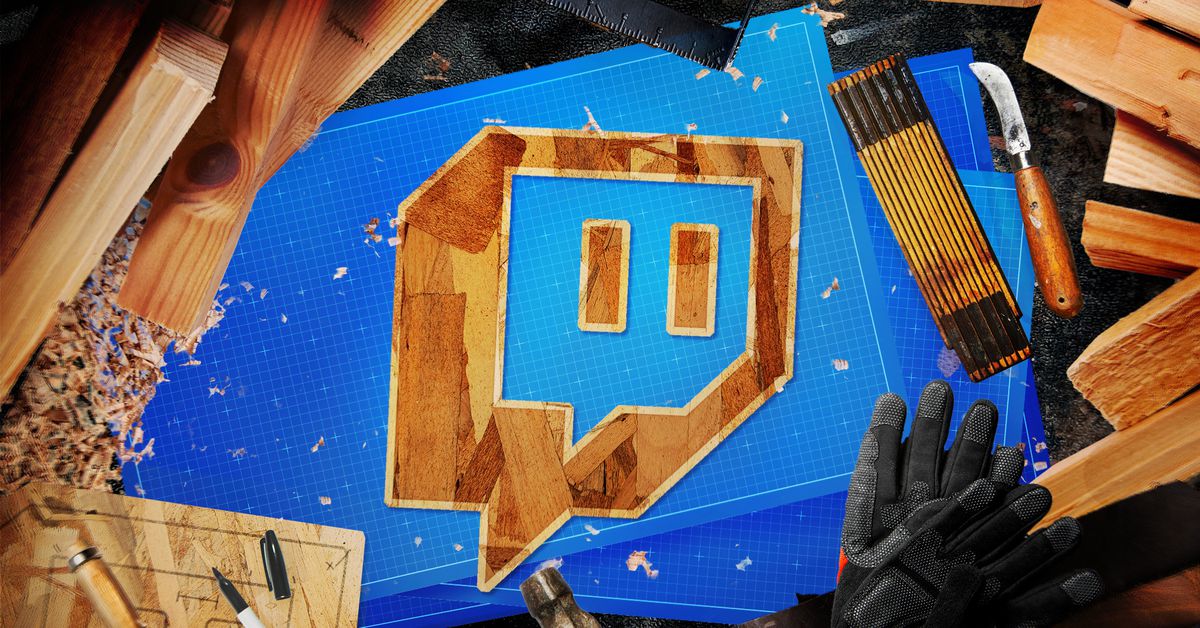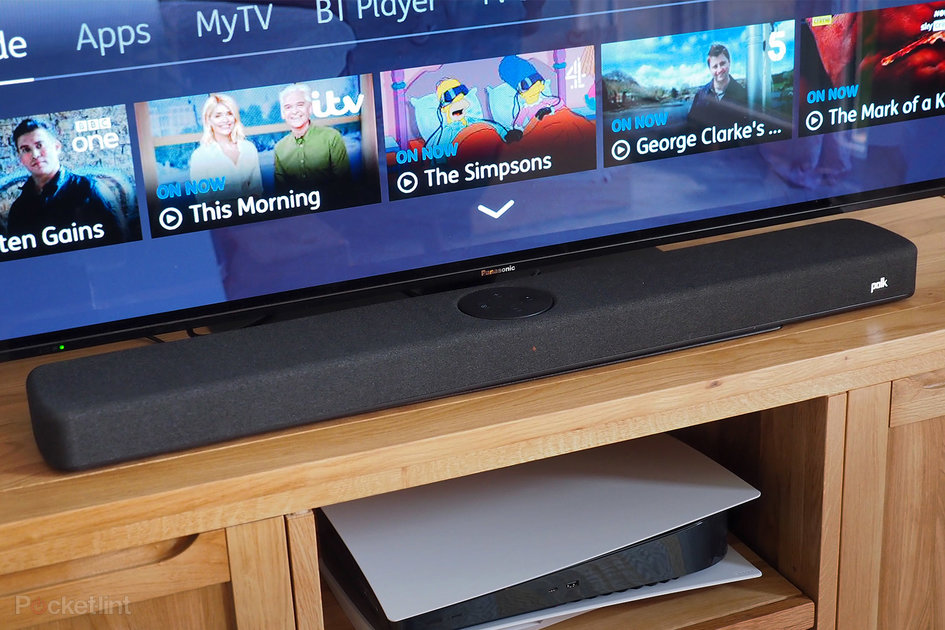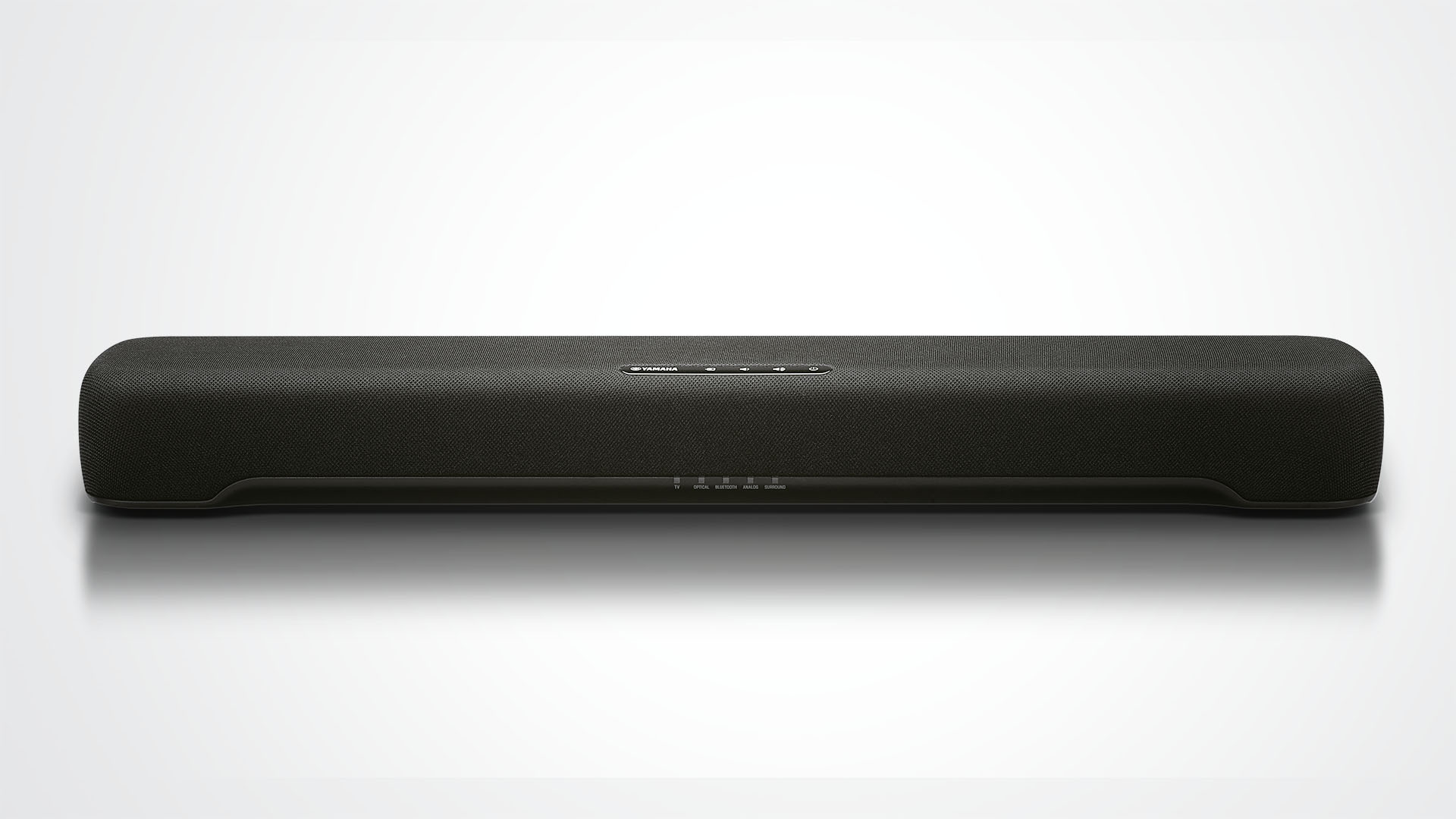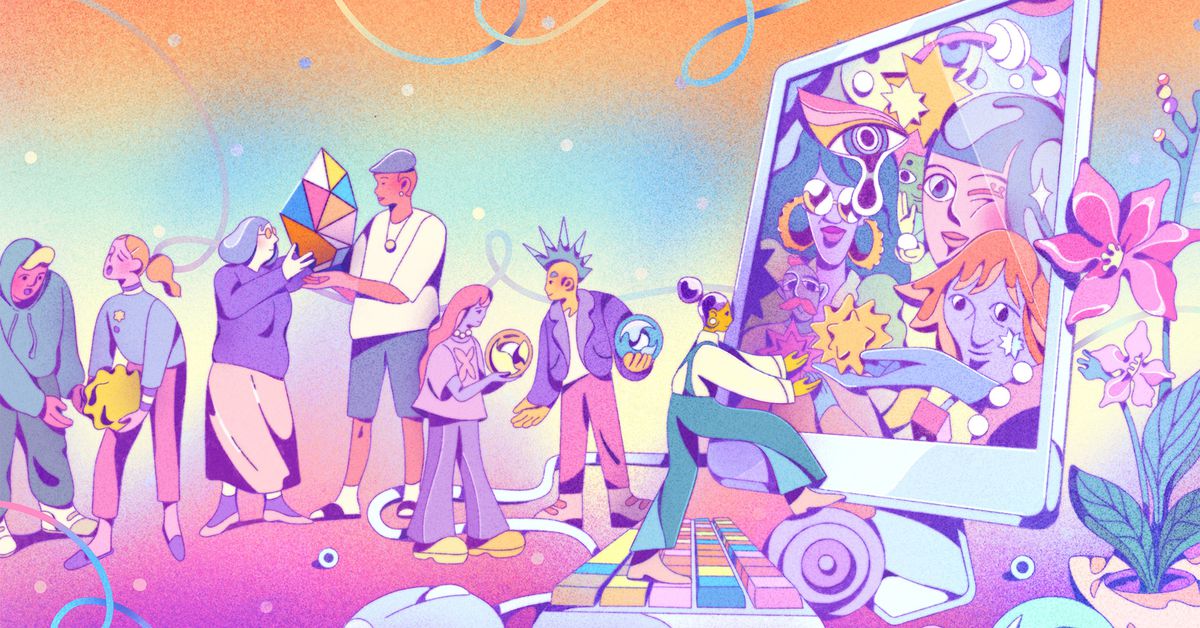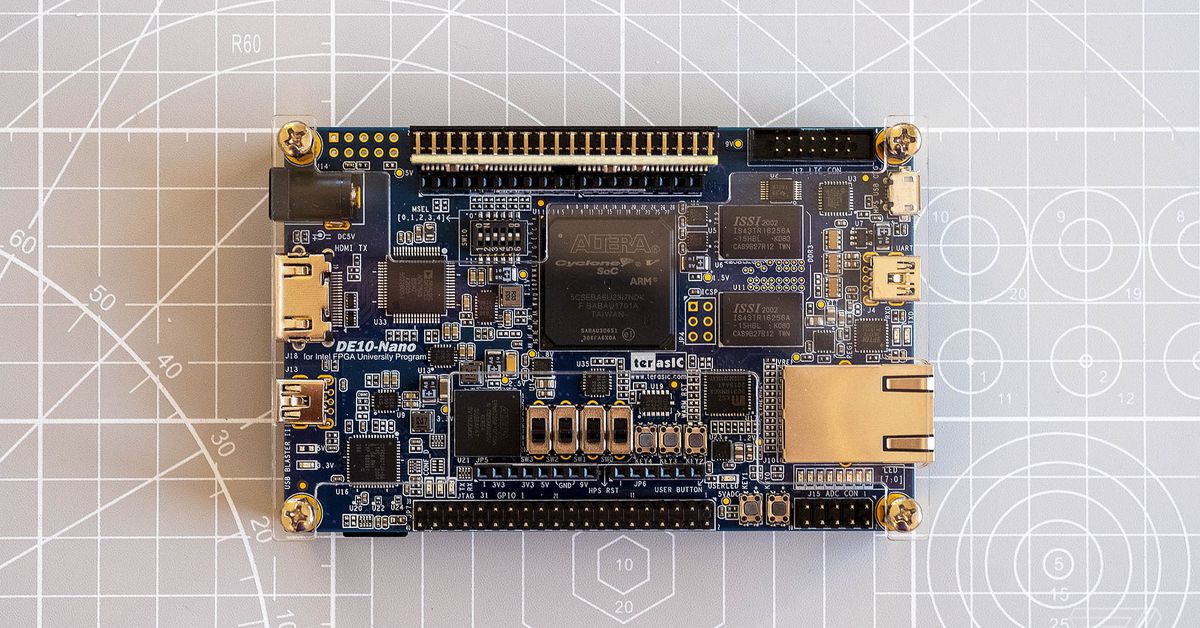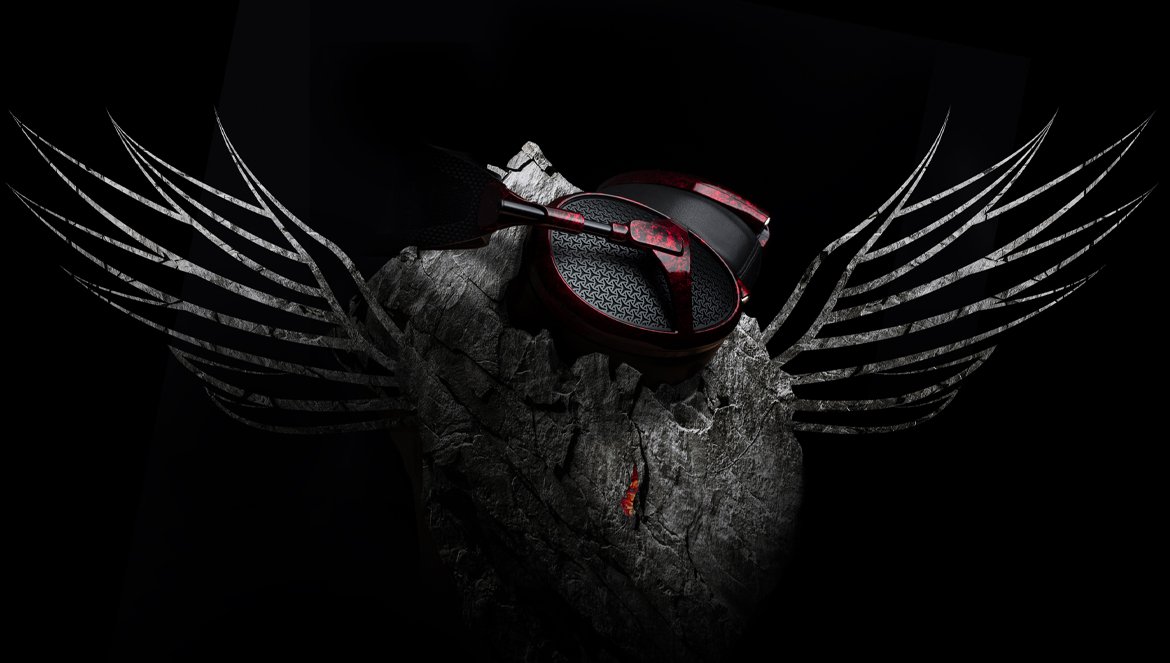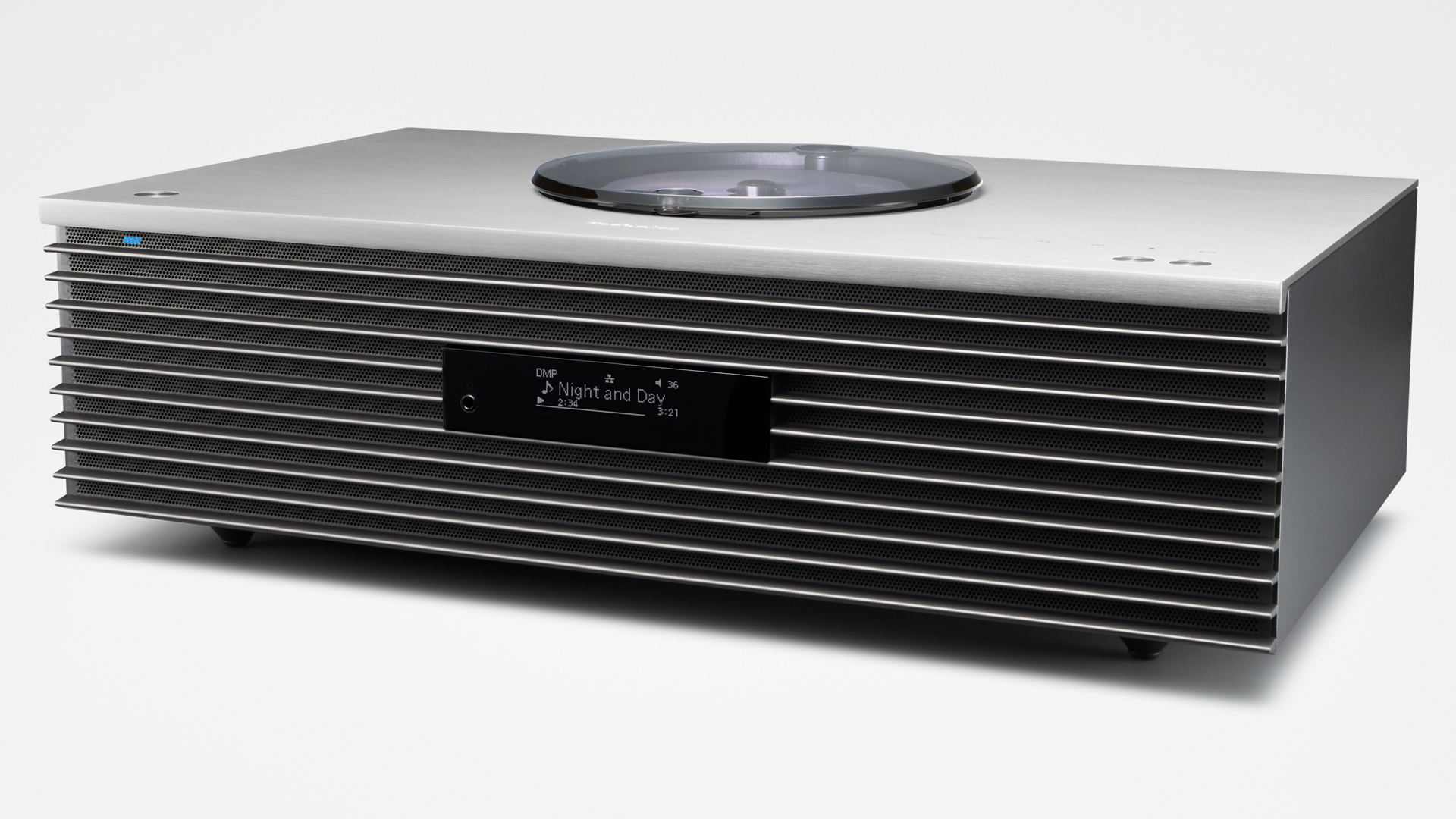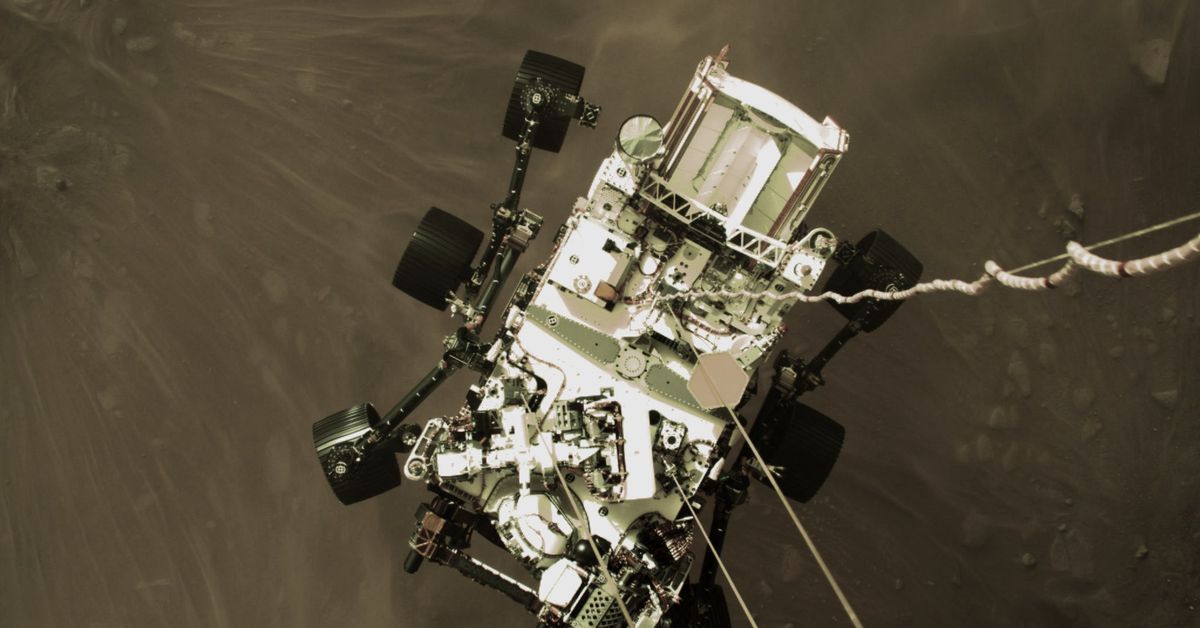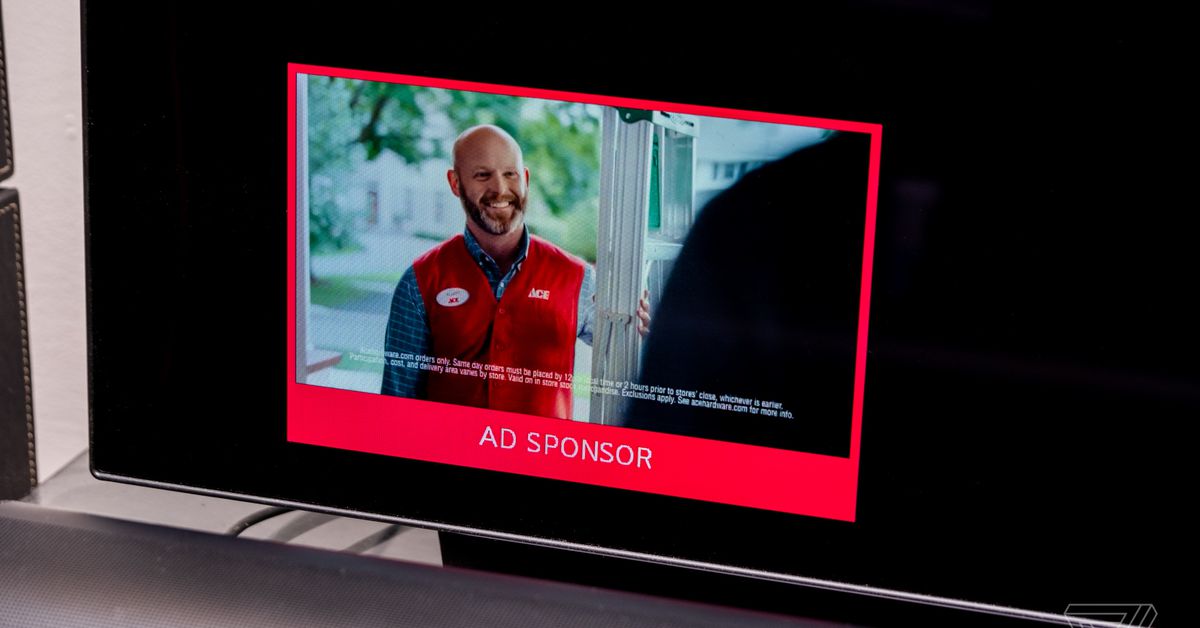Albert Marin has taken some very specific vacations. In Wales, he visited Raglan Castle to snap pictures of its stone wall. At the Palau Güell in Barcelona, he took meticulous photos, not of the building itself, but of the marble floor and its unique veins.
His trips followed in the steps of Capcom, which put bits of real-world architecture found across Europe into Resident Evil 4, which was originally released over 16 years ago. “I collected a great number of locations the game’s developers use as source material,” Marin told The Verge.
Fast forward to 2021, and Marin is now seven years into a project to remaster Resident Evil 4’s blurry GameCube-era graphics into crisp HD, in part using high-resolution photos he’s taken of everything from surfaces and doors to general architecture that seemed to have made their way into the original game. Even though Capcom published its own PC remaster in 2014, it wasn’t Marin’s idea of a true HD version of the game, so he and a small team have been poring through the game’s files to faithfully update every texture.
In some cases, they work with what Capcom already made, sharpening the images with a mix of off-the-shelf apps and custom-built tools. Other times, Marin is making hand-crafted textures based on high resolution stock photos or pictures that he’s taken himself. If you own the Ultimate HD version of the game on Steam, you can actually test out an in-progress version of the texture pack right now. Eventually, every rock, wall, button, and dial will have been retouched by this small team of modders.
The fan-funded Resident Evil 4 HD Project is almost at the finish line and should be wrapped up later in 2021. Marin says he’s amassed over 4,500 Photoshop files and put in more than 9,000 hours of work (just on his part) to get to this point.
I spoke with Marin over email about his experience tackling a project of this scale, balancing expectations from fans who are just as passionate about the game, how the team was able to deconstruct the game’s files, and more.
How exactly do you remaster the visuals? Do you redraw textures from the ground up, or have a specialized way to increase the resolution of the original without degrading their quality?
Most textures are re-created from scratch using some texture library images as a base. The original textures need to be analyzed several times in order to make sure the new source images match in terms of color, lighting, and even the material.
For example, a rock texture: It may sound like an easy challenge, and it is, if you don’t have an original texture you need to be faithful to. You can’t imagine how complicated it can be to find a rock surface that matches with the original among the hundreds of different kinds of rocks nature has to offer!
What sorts of applications and tech do you use to accomplish your goals with this project?
A talented modder and coder, “Son of Persia,” helped us a lot: He developed most of the tools I use to edit 3D models, lights, effects, collision data, and much more. I found out how some files work, but I needed to edit in a hexadecimal editor manually. This means a single light/effect would take hours to edit.
“Son of Persia” took all my findings about these files and generated automated tools that would make this work way easier. And he also deciphered how other files of the game work and what they do, and he generated the needed tools to edit these kinds of files as well.
We also use Photoshop, 3ds Max, and dozens of custom tools courtesy of “Son of Persia” and other modders. These tools unpack and convert all the game files into editable data (mostly understandable .txt files and 3D files that can be opened with most 3D editors). Once the data is edited it can be repacked again with the same tools. But I have to admit sometimes I manually edit a few things in a hexadecimal editor, too.
Is it intimidating to make certain adjustments to a game that has such a passionate fanbase, or are you confident in your changes?
We are on the safe side because one of the main goals of this project is to be faithful to the original. And here is where subjectivity plays an important role: Low resolution textures leave a lot to the imagination, and you know… every person’s imagination is different!
Sometimes we receive complaints even when we use the exact same texture, but in HD resolutions, because the low-res textures looked like it was dirtier or muddy or something like that. But the HD re-creation looked too clean in comparison, depending on what the person interpreted when looking at the low-res surface.
And then we have all the lighting and effects changes I’ve done. Most of them are well-received, but I’m aware my personal taste is playing a role to some degree, so I’m always open to feedback and this is the reason I post all those videos and comparison images.
I’ve changed a lot of things because of the feedback we receive!
What are some of the biggest and smallest changes your team has made to RE4 during this project?
The biggest change by far is an entire piece of area created from scratch in the Separate Ways mini-game. The transition between one room and the other made no sense. I combined the 3D structure of the connecting areas and I found out a portion of the path was missing.
The smallest changes are any small texture and small 3D improvement done here and there. In fact, there are hundreds of small edits I’m sure most people won’t ever notice.
As an example, I remember some design changes in certain ammo boxes. This PC port has a HD textures option. The HD textures are 95 percent an upscaled and filtered version of the original [GameCube] textures, but some of the textures are redone or slightly adjusted.
In the image (above) you can see how they altered the TMP ammo box design. The “J” and the wolf drawing on the side are different. So, while I was upscaling that texture I took the opportunity to restore the original design from previous versions of the game.
What have been your favorite sections of the game to upscale textures for?
The castle area, by far, because I used a lot of pictures I took myself during the trips I did around Spain and Wales. It was really satisfying to identify and improve all those architectural surfaces!
What section(s) of the game required the most amount of work to remaster?
The laboratory and factory areas on the island are probably the most time-consuming in terms of texture and 3D retouching, because there are tons of weird and blurry control panels, medical and military devices, and cables. Any small inaccuracy becomes really apparent, unlike the organic textures of the village or the old architectural surfaces in the castle.
Is your HD project focused strictly on visuals, or has there been work done to the sound quality and other parts of the game as well?
Unfortunately I do not have enough sound knowledge to remaster the game’s audio. Although I fixed some bugs, mostly related to wrong sounds playing in the wrong moment or low quality sounds during the Separate Ways campaign (shipped as part of the PS2 port and all ports following it).
I also fixed some stage collision issues here and there.
You currently accept donations to help fund the RE4 HD project, but do you plan to sell the finished project once it releases?
No, it will be for free. Modding and remastering this game is also a game for me.
What sort of reception have you gotten from this project, and who do you hope to reach with it?
It surpasses anything I’d imagined. I guess some people, sites, and communities have spread its existence. But after all, Resident Evil has a huge fanbase, so I guess it’s quite understandable a few thousands of this fanbase is interested in the remaster process of one of the best games of all history.
About our target audience, I’d say, everyone who likes the remasters for the sake of the visual pleasure; or playing their favorite game you like with no trace of blurriness, or simply the people who like this kind of fan project but don’t like the game at all!
Because this project is more about the journey than the final result. After all, it can’t compete with any next-gen game in terms of visuals, no matter how crisp the textures are or how round the models look.
Have you worked in any capacity with Capcom (or any of its current or former employees) on this project?
No. We were in contact with them at the beginning. Someone at Capcom was interested in our project, and he took the time to send a planning document, but I guess the other Capcom people in Japan were not interested because the communication ended there. Other than that, there was no help on making the project.
Given that Capcom recently released the RE3 remake, it’s likely that an RE4 remake is in development. Does your team worry about Capcom eventually stealing your thunder, so to speak, with an improved version of the game?
No, the remakes are really different games. Even now, the original Resident Evil 2 & 3 receive their own mods and visual improvements (Resident Evil 2 and 3 HD Seamless Project) They are different and complementary experiences. Just think about any Hollywood remake. Most of them don’t hurt the original movie, and they are alternative visions of the older title.
